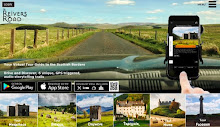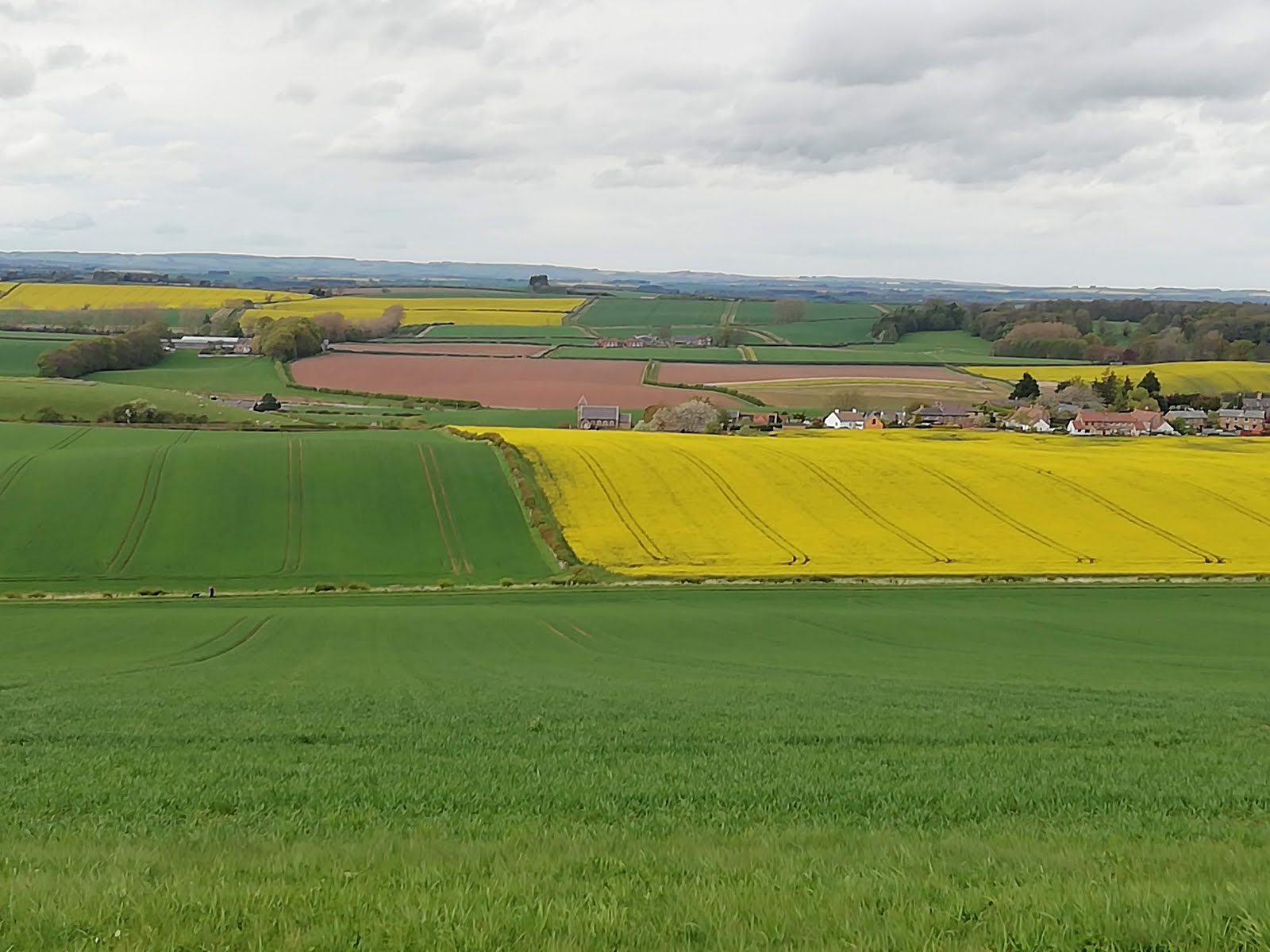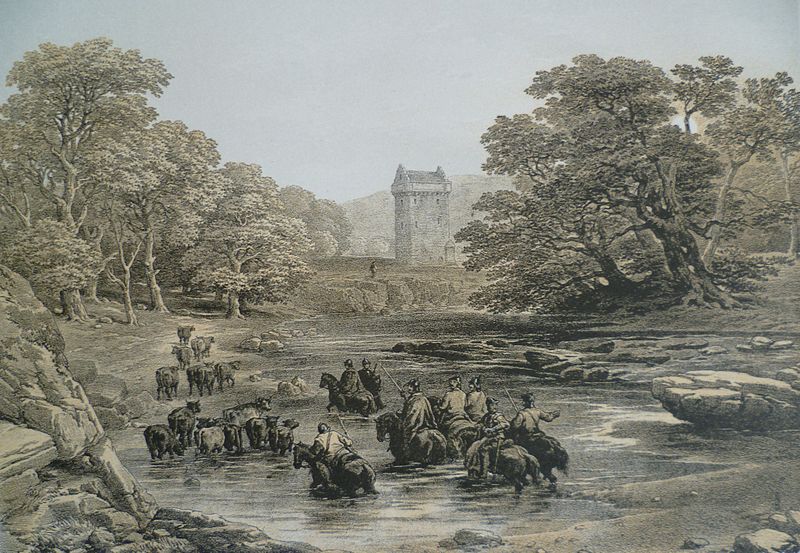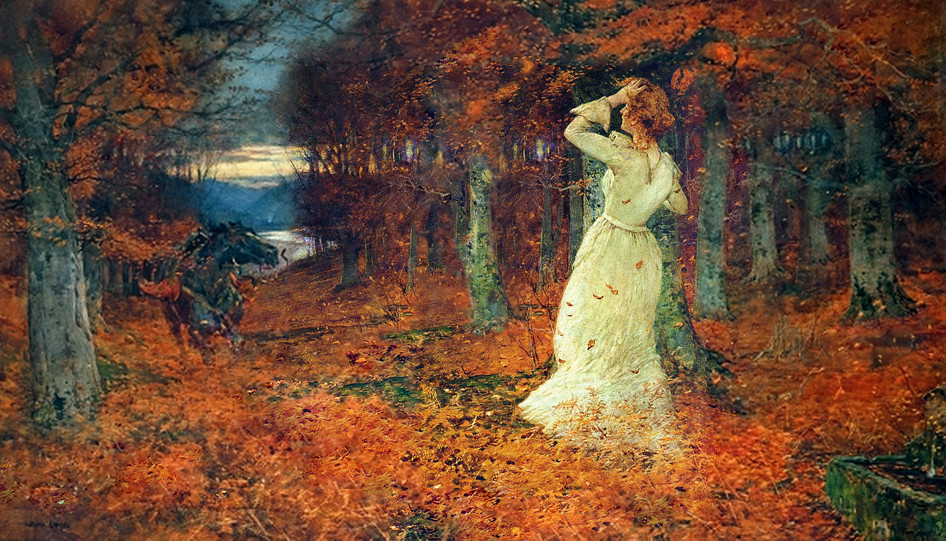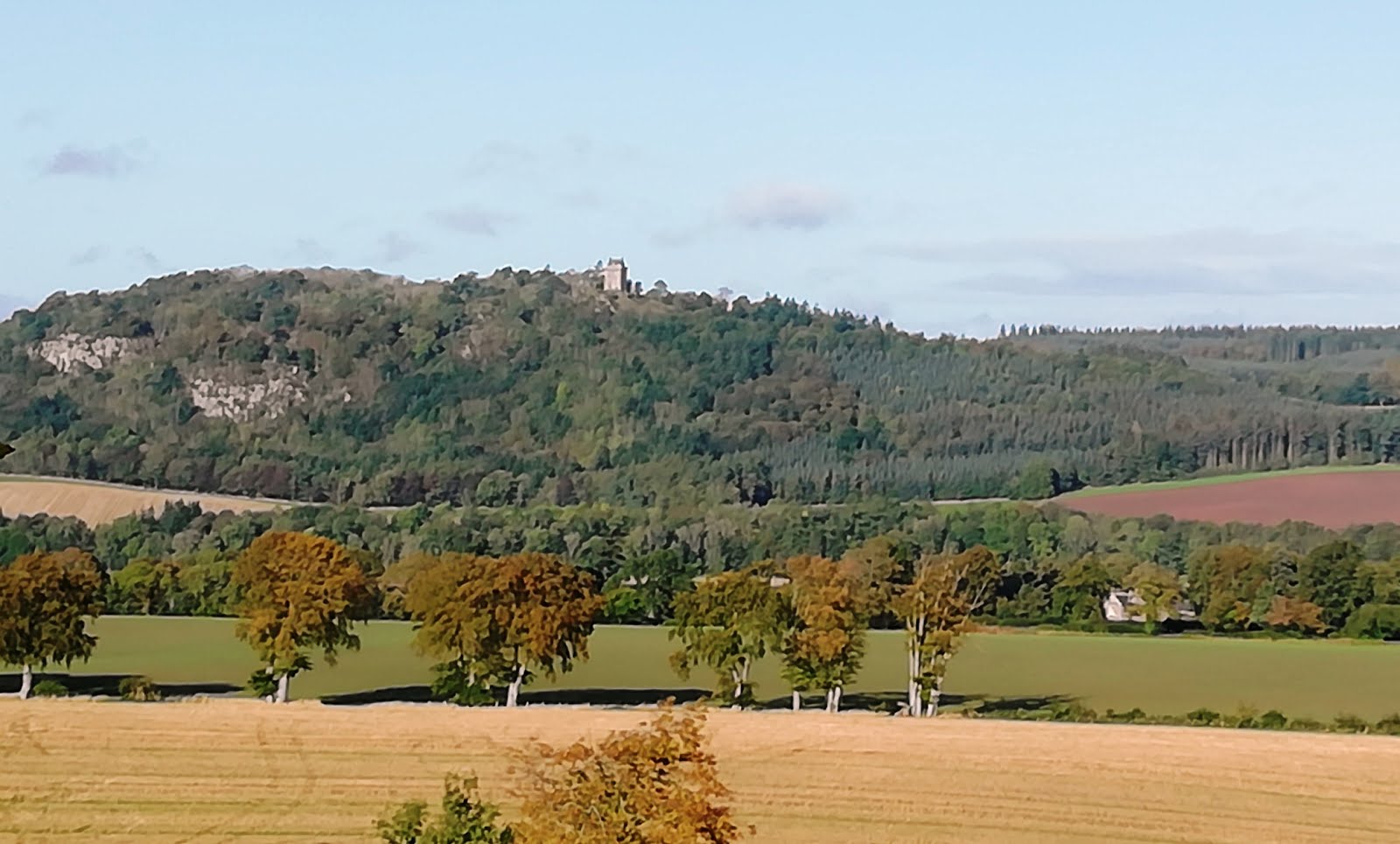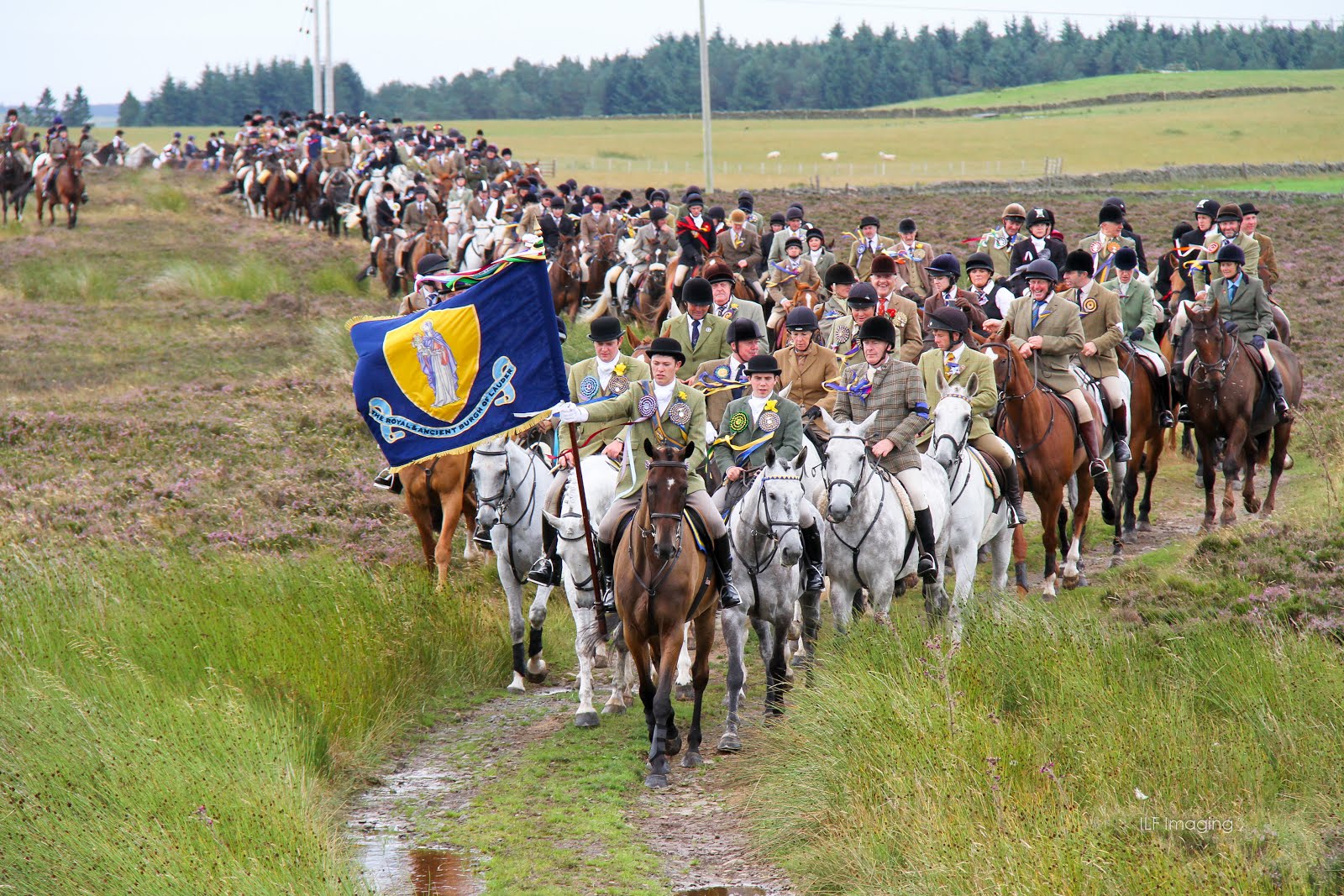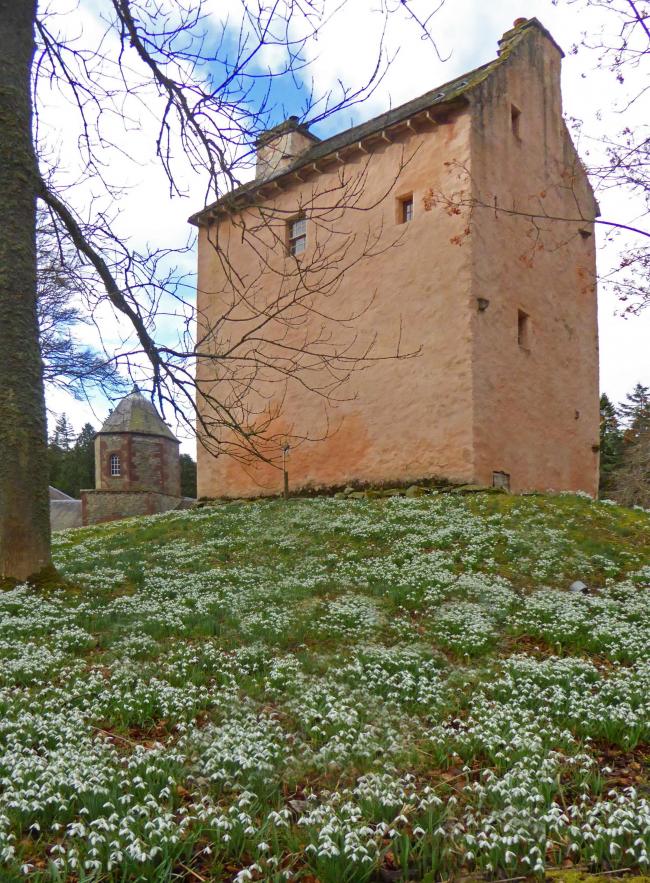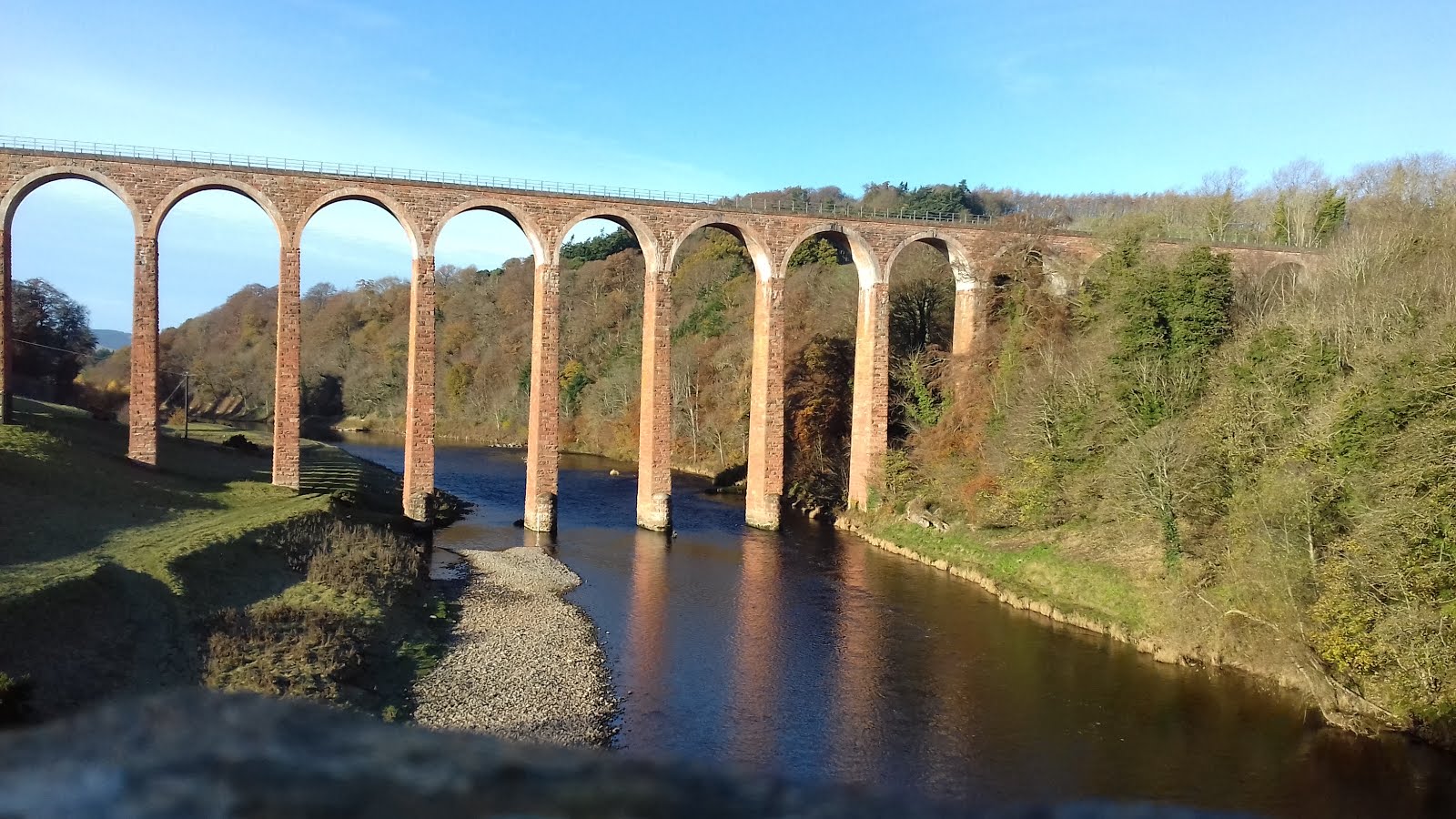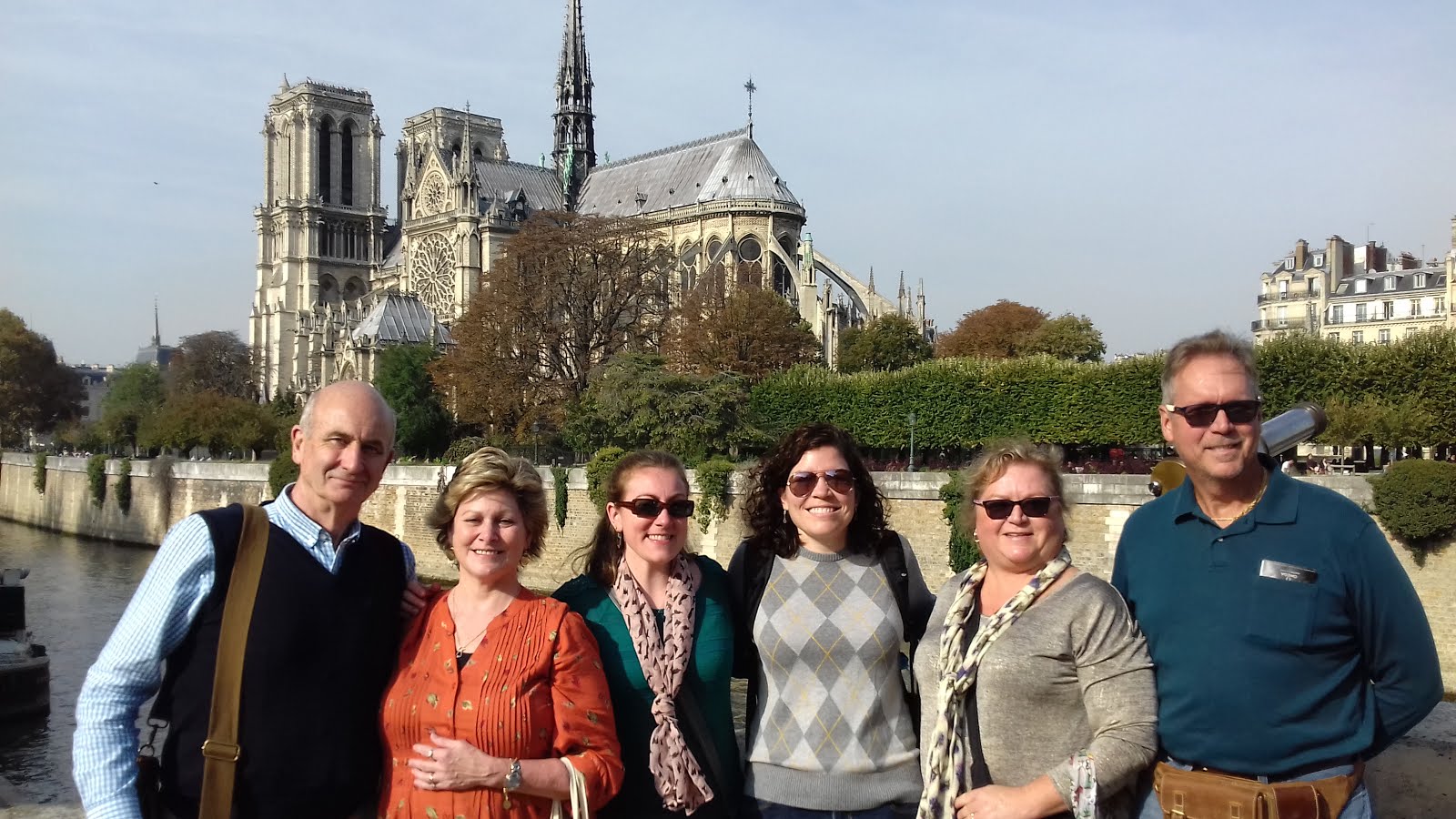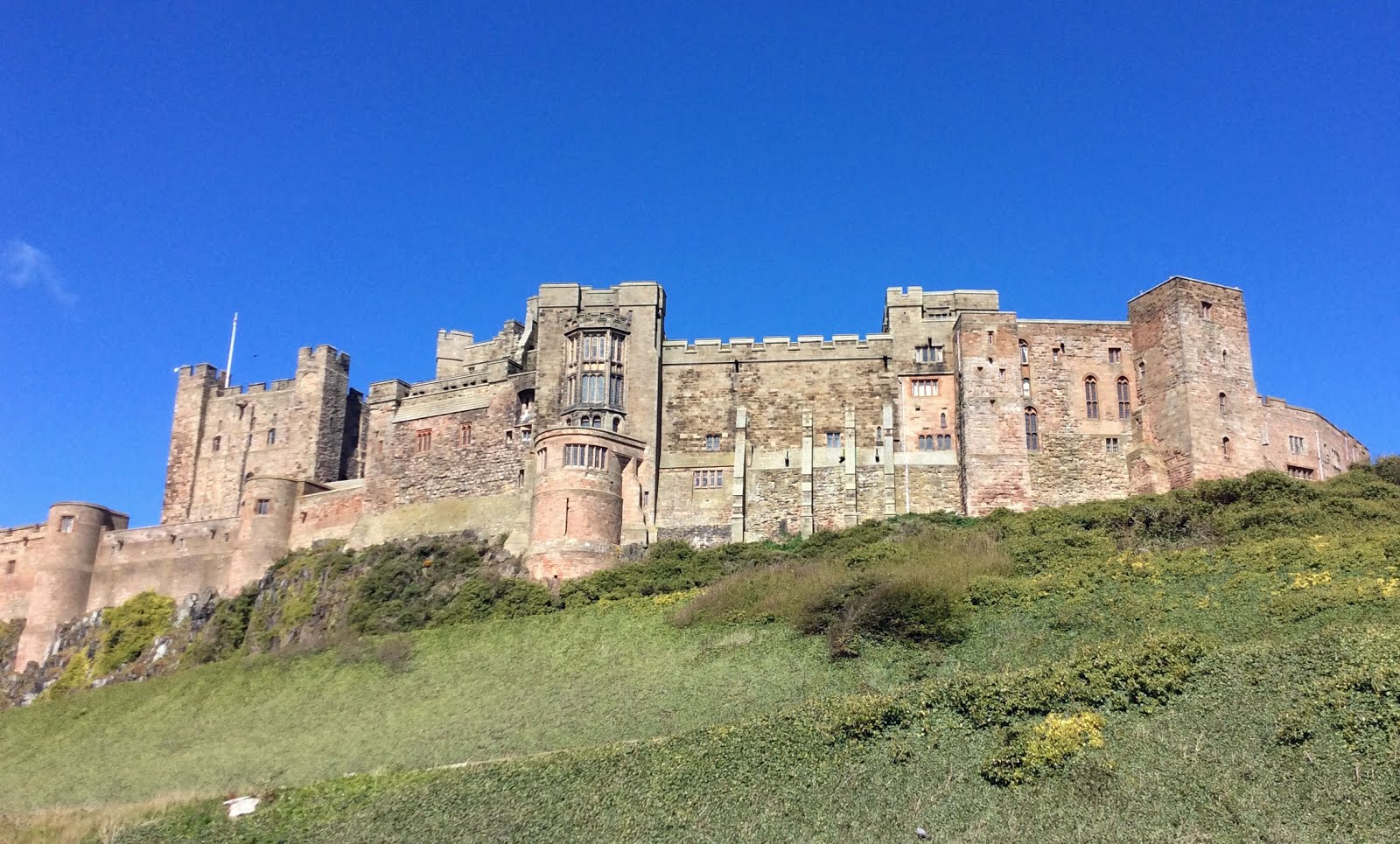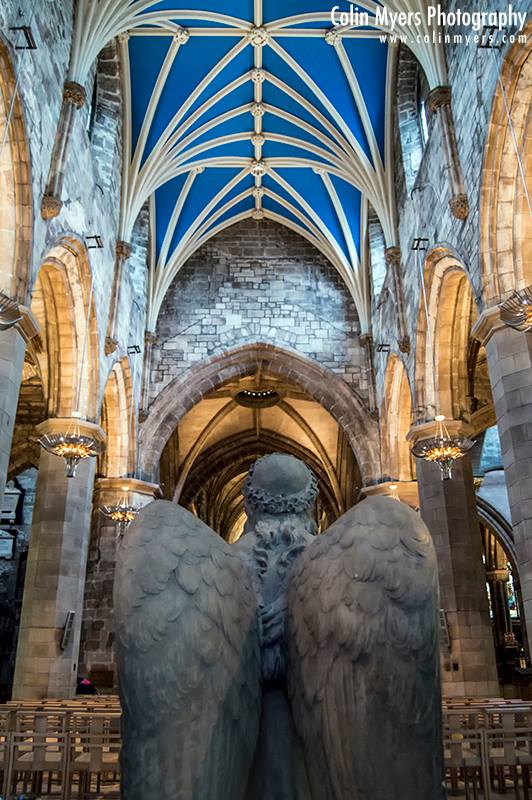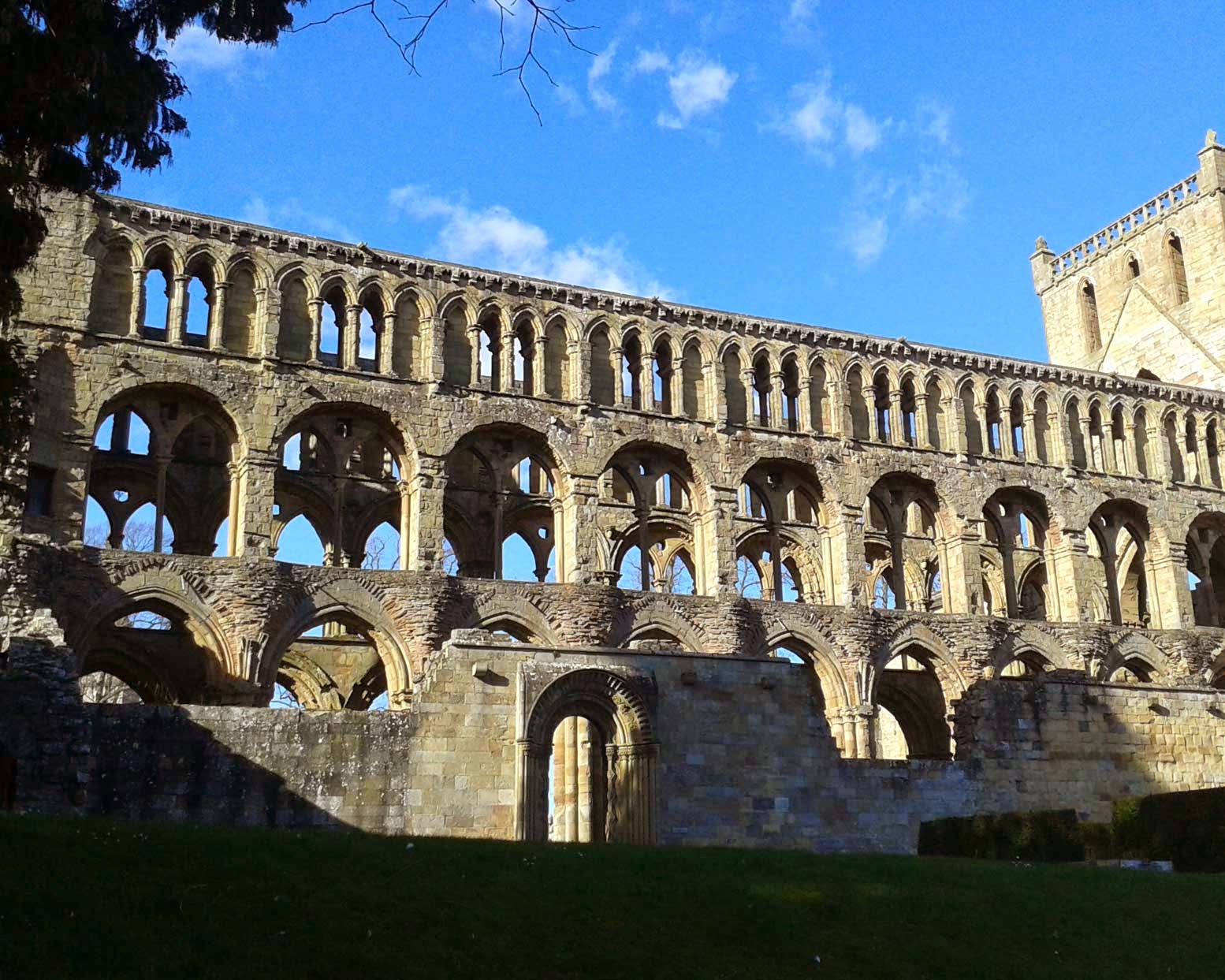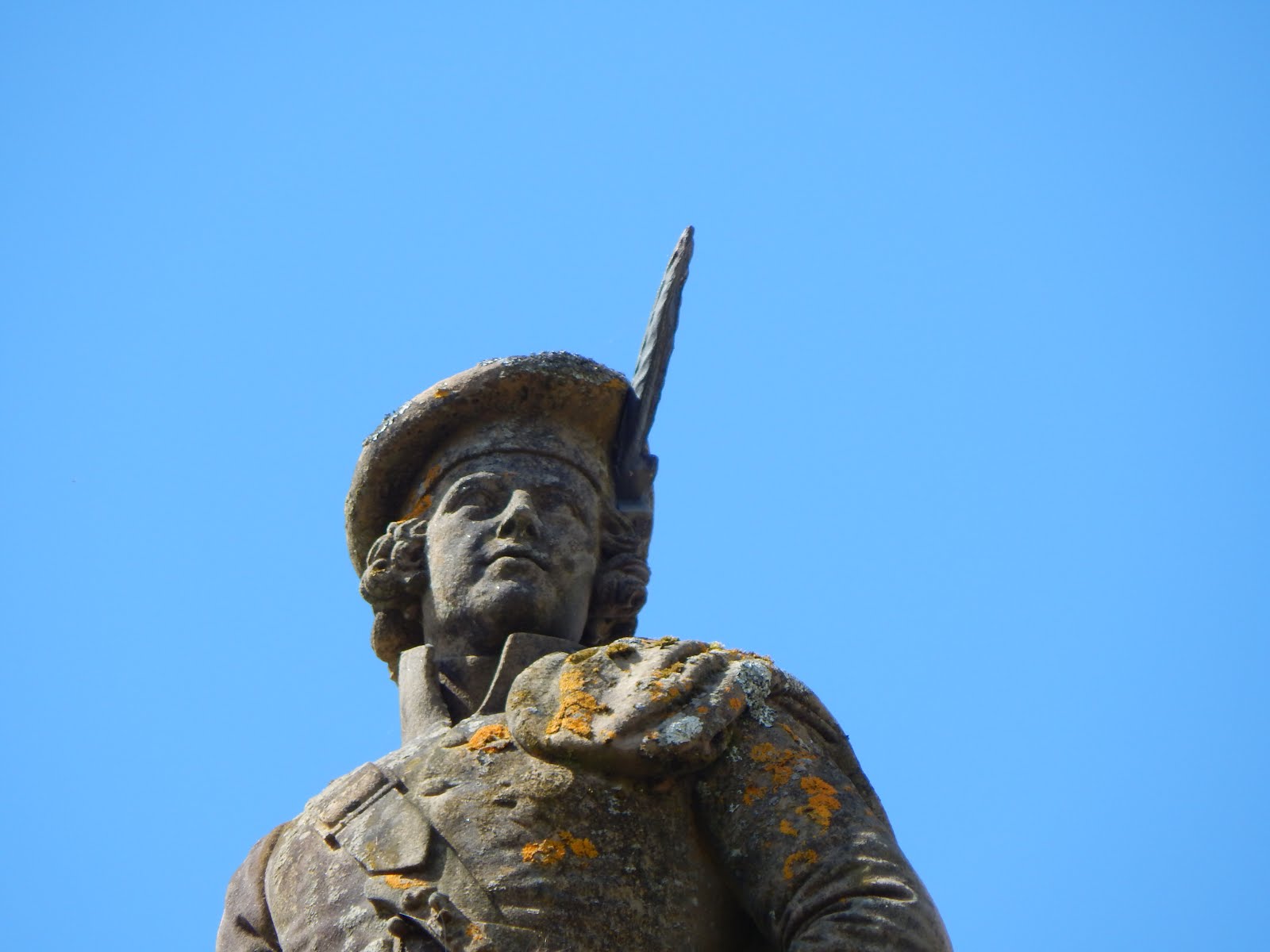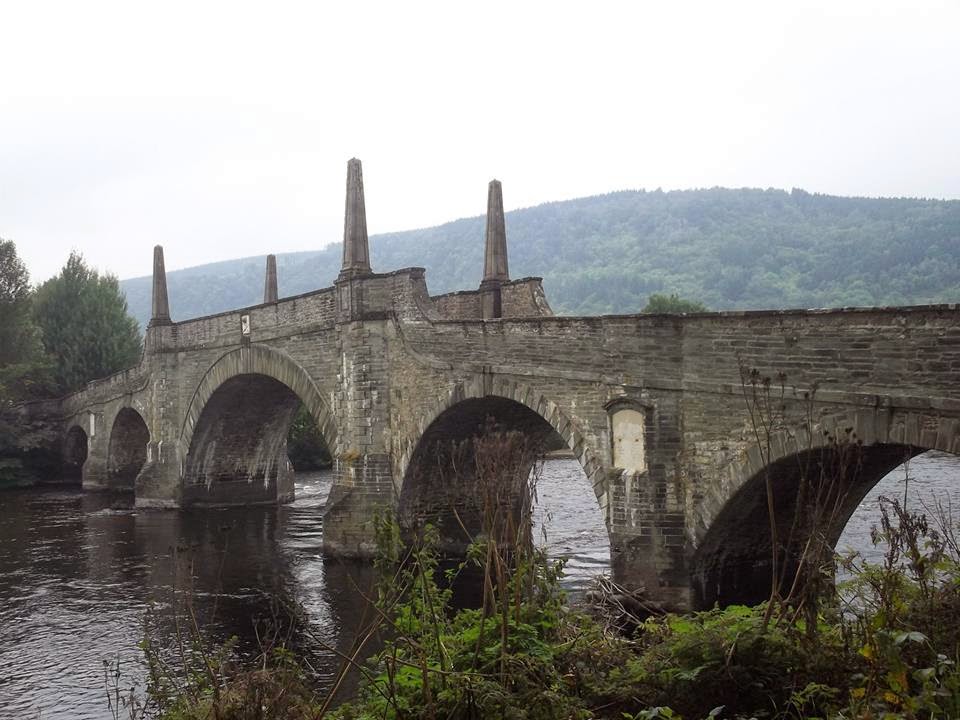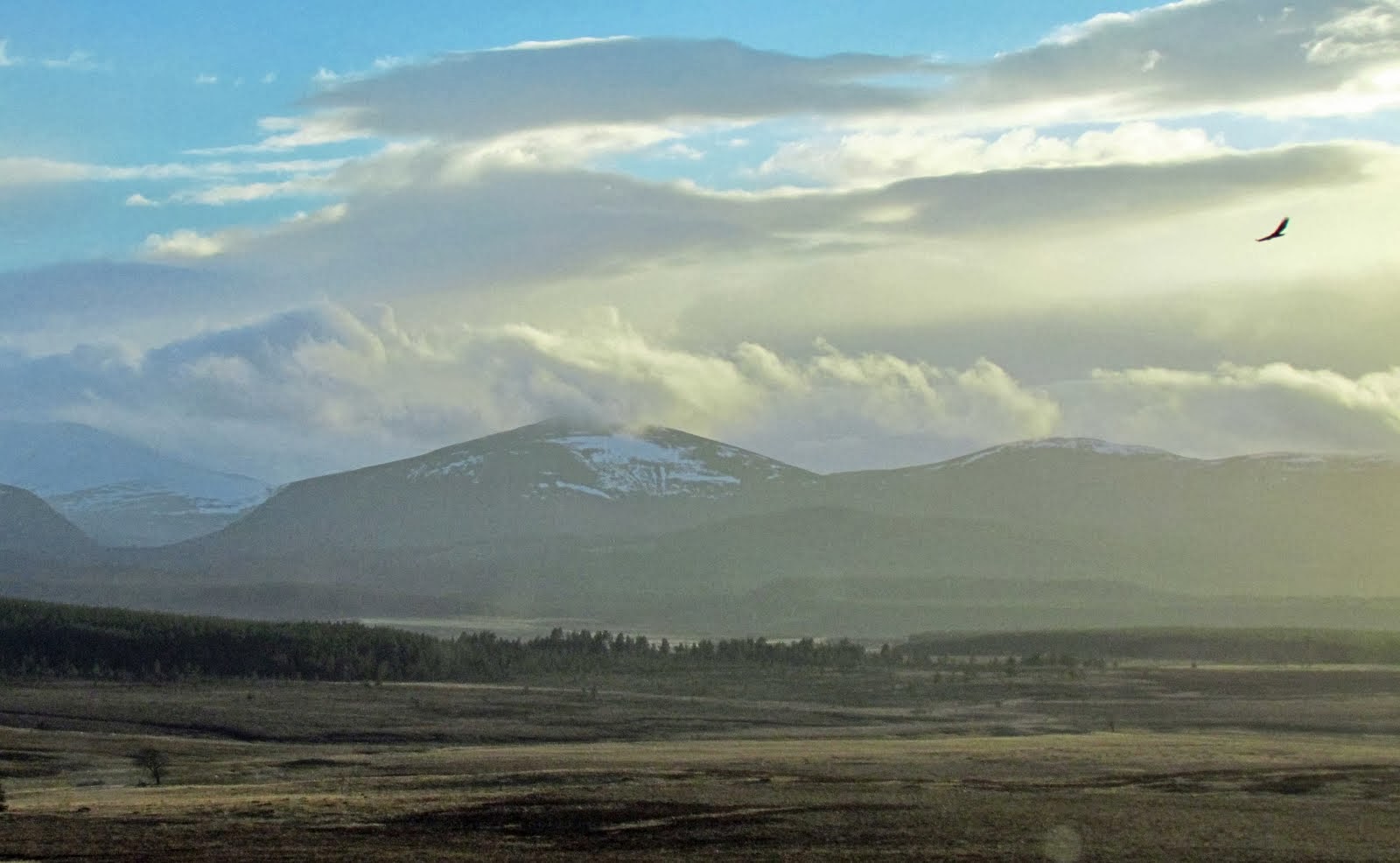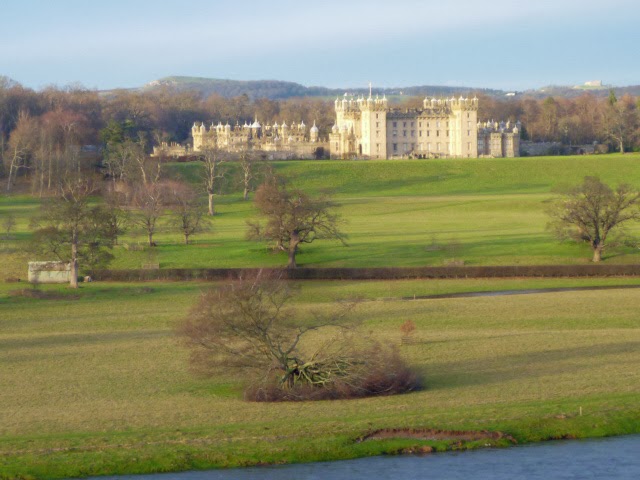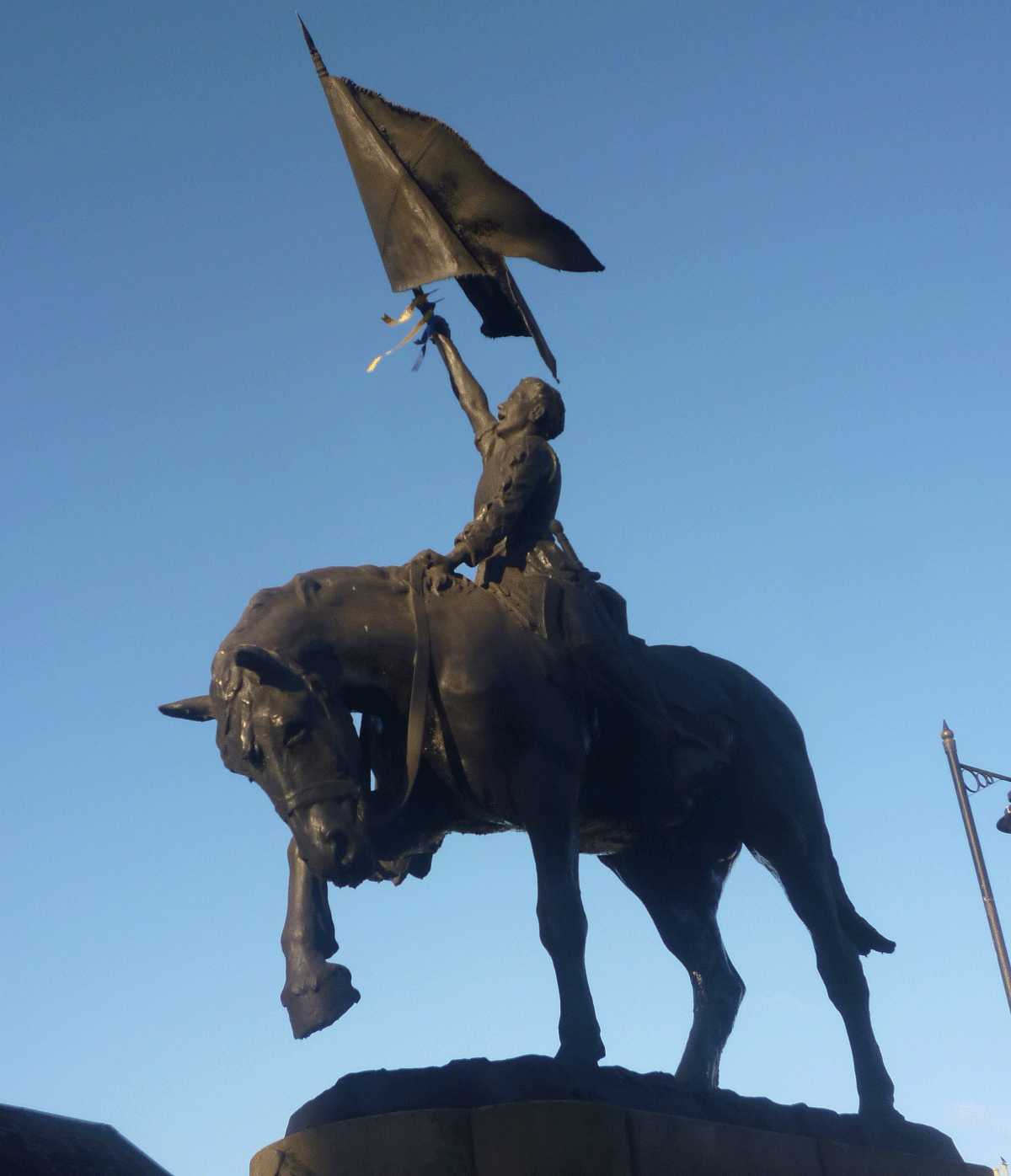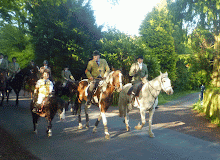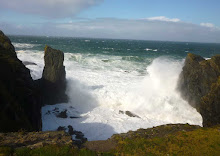Sunday, August 12, 2007
Scotland's European landowners
Yesterday I wrote that 19th century European aristocracts would visit the Highlands and wear the kilt. Today I read in the paper that Vladimir Lisin, Russia's second richest man, has bought Aberuchill castle in Perthshire and the associated 3,300-acre estate. Until his recent sad death, Paul Van Vlissingen a Dutchman an ardent environmentalist, was Scotland's richest landowner. Then there is the Swedish millionairess Sigrid van Rausing, also an environmentalist who owns Coignafern estate. It seems that the new European (industrial) aristocrats are even more committed to the Highlands, and perhaps to the environment here, than were the tsars and princes who visited Queen Victoria at Balmoral and got appropriately togged up for the occasion.
Saturday, August 11, 2007
The Kilt
 We've had a cousin from Canada staying for a few days. Good fun, and on the second to last day he revealed that he had a kilt with him. But not a tartan kilt. One with 'cargo pockets'. My mind went back to the embarrassing spectacle of Jack McConnell, then First Minister of Scotland, wearing a pin stripe kilt for Tartan Week in New York, and I wasn't desperately keen to see this 'Freedom Kilt' from Victoria, BC.
We've had a cousin from Canada staying for a few days. Good fun, and on the second to last day he revealed that he had a kilt with him. But not a tartan kilt. One with 'cargo pockets'. My mind went back to the embarrassing spectacle of Jack McConnell, then First Minister of Scotland, wearing a pin stripe kilt for Tartan Week in New York, and I wasn't desperately keen to see this 'Freedom Kilt' from Victoria, BC.I have no commercial relationship with Freedom Kilts, but I have to say that it is much more like the garment that Highlanders used to wear than most kilts about the place. Firstly, the colour is authentic: it is broadly sheep-coloured, as would be the original plaid (Gaelic for blanket) that the Highlanders used to wind about themselves. Second it is tough - in this case actually cotton twill, but the heavy woollen kilts in the Middle Ages were designed for hard labour, not just 24/7 but 24/365 and beyond. This kilt has a small pocket for a cell phone - not very medieval certainly, but in those days a similar hidden pocket was sewn in for a sgian dubh - a small knife, traditionally of black bog oak, which was never surrendered to a host, or a victor.
In Victorian times the sgian dubh shifted to the stocking. Queen Victoria and Prince Albert had embraced Highland Dress and traditions with great enthusiasm, leading the fashion from their rebuilt castle at Balmoral. The drab working dress of the Highlander, or a variation thereof, had suddenly became essential wear for not only British, but European aristocracy whilst in Scotland. There is even a picture of four year old Prince William of Prussia, later 'Kaiser Bill' of the Great War, in a kilt!
Thank you, Queen Victoria, for saving the kilt from probable extinction! The eccentric conventions that grew up around it - who should wear what and how - are a small price to pay.
More on kilts and tartans in my small book, 'Scottish Clans and Tartans'
Sunday, August 05, 2007
Hard questions
It's good way to earn a living, I often think: showing people Scotland. This weekend has been a welcome break from the office, and early plans for 2008 holidays. The weather has been kind, the people receptive and I've had a lovely couple of days guiding. On Saturday my clients were two charming couples from Maryland just embarking on one of our holidays; the girls attracted principally by the Diana Gabaldon books, the boys by the golf courses. Lauren had done her homework and was thirsty for more knowledge. Questions came thick and fast from them all. 'Why has Inverness Castle got crosses on it?' 'Should Bonnie Prince Charlie have continued on to London?' 'Did the beaker people build the Clava Cairns?' 'Will we ever get those girls out of the gift shop?'
On Sunday it was a small group from a cruise ship and the questions were somehow different. 'What is the range of a Brown Bess musket?' 'What are Scotland's principal imports?'
It's good fun being forced to think, and I believe I made a reasonable stab at all of the above, but two years ago, (I remember it well), I was completely floored by a twelve year old boy called Giovanni Fusco. He asked, amongst things: 'How far south did they worship the Norse Gods?' and 'Were the Picts the most warlike of the Celtic peoples?'
Answers to either question in the Comments column please.
On Sunday it was a small group from a cruise ship and the questions were somehow different. 'What is the range of a Brown Bess musket?' 'What are Scotland's principal imports?'
It's good fun being forced to think, and I believe I made a reasonable stab at all of the above, but two years ago, (I remember it well), I was completely floored by a twelve year old boy called Giovanni Fusco. He asked, amongst things: 'How far south did they worship the Norse Gods?' and 'Were the Picts the most warlike of the Celtic peoples?'
Answers to either question in the Comments column please.
Subscribe to:
Posts (Atom)

